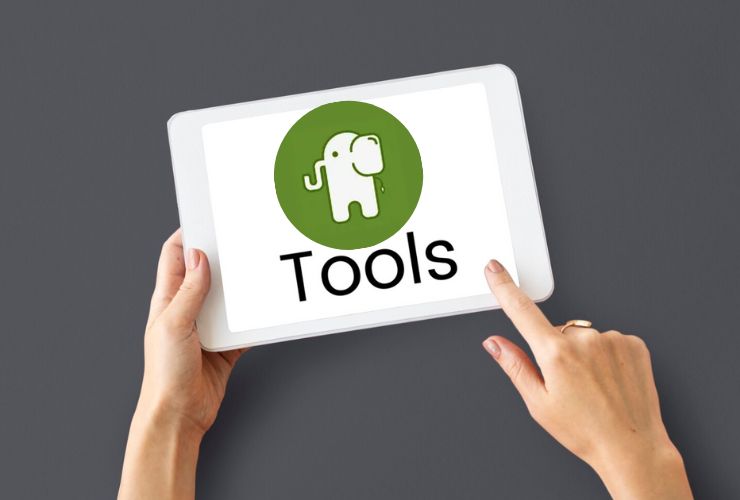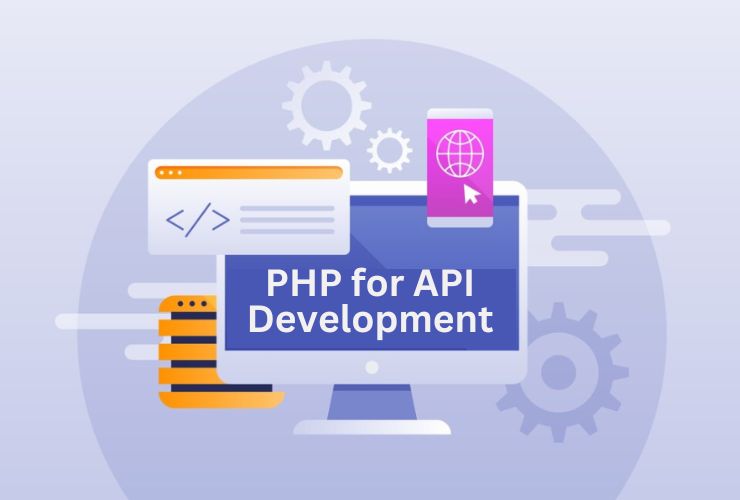The Slim Framework is recognized as a fast, lightweight, and flexible framework best suited for building APIs, small web applications, and microservices. Slim is a minimal framework, thus adding (and configuring) the proper tools and extensions will greatly increase productivity, performance, and application quality. Using the right combination of packages, developers can easily integrate, extend, and fine-tune routing, templating, error-handling, debugging, security, and database handling.
The following is a collection of some of the best tools and extensions to improve your Slim development workflow.
1. Slim Twig Integration
Twig is a very popular template engine that works well with Slim by helping developers create clean and structured UIs.
Useful because:
- You can cleanly separate presentation logic from application logic.
- It has built-in defenses against XSS security.
- It supports template inheritance to create modular layouts.
Best for: Websites, dashboards, admin panels
2. Eloquent ORM (Illuminate Database)
If you are looking for a powerful and beautiful layer for your database, Eloquent supports easily configurable and expressive ORM.
Features:
- A simple and easy-to-use fluent query builder.
- ActiveRecord-style model relationships.
- MySQL, PostgreSQL, and SQLite.
Best for: Applications with complex model or data relationships with a database.
3. Monolog for Logging
Monolog is simple to plug into Slim while providing multi-channel logging capability and structured logging.
Features:
- Log to files, to a database, through emails, and to third party services
- Logs are time-stamped to simplify troubleshooting.
- Good integration with Slim activities.
Best for: Production-ready logging regardless of the Slim application.
4. Slim Error Middleware
Slim’s built-in error middleware assists your application with clean exception handling and reliability.
Advantages:
- Detailed error reports when developing or testing
- Return clean, consistent errors when in production
- Option to define your own error handler to work with your own workflow
Best for: APIs and application development in general, beginning with reliability, and transparency of errors
5. Slim-Skeleton (Project Bootstrapping)
Slim-Skeleton is a project structure / sprint that can be useful to start you on your journey of development without defining everything setup manually.
This includes the following:
- Routing already defined for you
- A dependency container that works
- Error handling
- Leading edge autoloading with composer
Best for: Beginners or developers who want to kick-start your project quite quickly.
6. PHP-DI Container
PHP-DI is a robust dependency injection container that extends the architecture of Slim by containing services and their class dependencies.
Reasons to use PHP-DI:
- Promotes clean modular architecture
- Simple and powerful service bindings
- Autowiring allows for less boiler-plate coding
Best for: Large or complex Slim applications, or enterprise applications.
7. Slim-Csrf Middleware
Slim-Csrf provides an essential security layer to protect forms and data submission from CSRF attacks.
Pros:
- Token-based CSRF protection
- Easy integration into the Slim middleware pipeline
- Safer form submissions
Good for: Applications with forms or data submitted by users.
8. JWT Authentication Middleware
JWT middleware provides secure and stateless authentication for modern applications and APIs.
Pros:
- Lightweight token-style authentication
- Simple integrations with front-end frameworks
- Customizable token rules and checks
Good for: APIs targeting mobile apps, SPAs, and secure web services.
9. Whoops Error Handler
Whoops is a wonderful choice for a simple and developer-friendly interface for controlling error visibility during the development phase.
What I think is wonderful about Whoops:
- It is a clean page that can be read easily when debugging
- It gives detailed stack traces
- It helps you determine the cause quickly when debugging
Good for: Local environments or debugging.
10. Postman or Thunder Client
Testing an API endpoint can be crucial and, simply put, there are tools like Postman or Thunder Client that allow us to test endpoints.
You can test:
- The response and parameters of the endpoint
- Authentication flows
- The headers and body sent with the request
- The formatting and any performance of the response
Good for: API developers, testers, and quality assurance.
Conclusion
While Slim Framework may be designed as a light-weight tool, it really shows its true capability when you combine it with tools and extensions. While these additions may seem small, they allow you to create scalable architecture, secured APIs, templated structure and reliable applications, while not adding any additional complexity. Whether you are developing microservices, full-formation web applications, or high-performing APIs, these tools can give you increased speed of development, better maintainability of code, and overall higher quality code; in this way the framework will diminish any excess complexity. When properly setup, Slim can also evolve into a speedily deployable and production-ready framework that is responsive to the modern-day developer.










